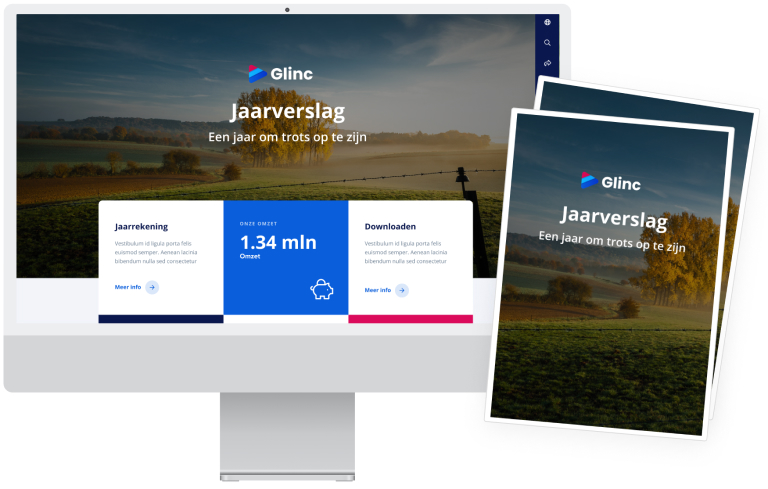Building the new Netherlands
Building the new Netherlands
The first six months of the year have again been challenging for us. The change in the direction of the flow of natural gas through Europe brought about by the drastic plunge in Russian imports and the expansion of LNG imports is now a fact of life. Our TSO subsidiaries in the Netherlands and Germany have adapted to the new situation and optimised their flow management accordingly.
Looking back over the first half of the year, we can conclude that there was no physical shortage of natural gas over the winter of ’22/’23. However, vigilance and energy conservation are still required. Stocks in the EU are currently at a healthy level. But should the winter of ’23/’24 turn out to be very cold, additional measures will be needed in most EU countries to fill the storage facilities again during the summer to ensure security of supply for the winter of ’24/’25. Gasunie is contributing by further expanding capacity at the LNG import ports Gate and EemsEnergyTerminal.
The findings of the parliamentary inquiry into gas extraction from the Groningen field are food for thought, in general and for us as well. The closure of the Groningen field is now rapidly approaching and will be facilitated by the completion of the new nitrogen plant in Zuidbroek. Together with the residents of the province of Groningen, we hope to be able to build a new sustainable energy supply for the Netherlands, one that can also bring prosperity and well-being to the province.
Energy transition
Turning to the energy transition, we took major steps in the first six months of the year in implementing our Vision 2030. The first steps for the Delta Rhine Corridor have been taken. And we took the final investment decision for the construction of the hydrogen pipeline at the Port of Rotterdam. This is the first section of the national hydrogen network that will position the Netherlands as the first country in Europe to have the infrastructure for the import and transmission of hydrogen up and running, and, this way, launch an international market. We are in the starting blocks for the Porthos project while awaiting the ruling of the Council of State. In addition, the construction of WarmtelinQ is on schedule and SKW Alkmaar fed green gas into GTS’s network for the first time.
GTS methodology decision ruling
We welcome the ruling by the Dutch Trade and Industry Appeals Tribunal in a long-running court case on the current methodology decision for GTS, as it makes regulation more transparent. The ruling improves the position of GTS - and that of other, future network operators within Gasunie, such as those for heat and hydrogen.
Building further smartly
Continuing to build the new Netherlands is a matter of working together and taking a smart approach to building on what we already have. Gasunie plays a natural, central role in this. We are responsible for the Dutch main network that supplies feedstock for the production of energy and chemicals. By taking our impressive network of pipelines and repurposing this for the transmission of hydrogen, biogas and other sustainable flows, we are giving the energy transition a flying start.
This transition will not simply happen of its own accord: it takes decisiveness and the will to work it out together. Gasunie continues to take the lead in connecting parties, making plans and, literally, rolling up our sleeves. That demands a lot from all our staff. And it demands a lot from society too. Together we must take an industrial legacy spanning close to two centuries and, in barely two decades, transform this into our future world.
So, there is no time to lose. We hope that, now that the government has collapsed, Dutch politicians will take responsibility in the coming months. Delays in decision-making and legislation needed to meet the 2030 climate targets must be kept to a minimum.
The Executive Board,
Han Fennema, Janneke Hermes, Bart Jan Hoevers and Hans Coenen
Groningen, 18 July 2023





